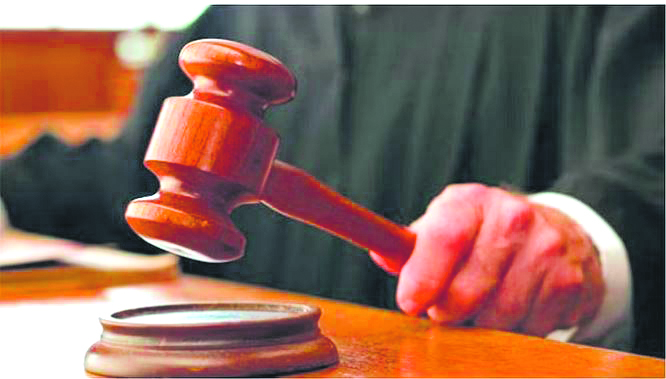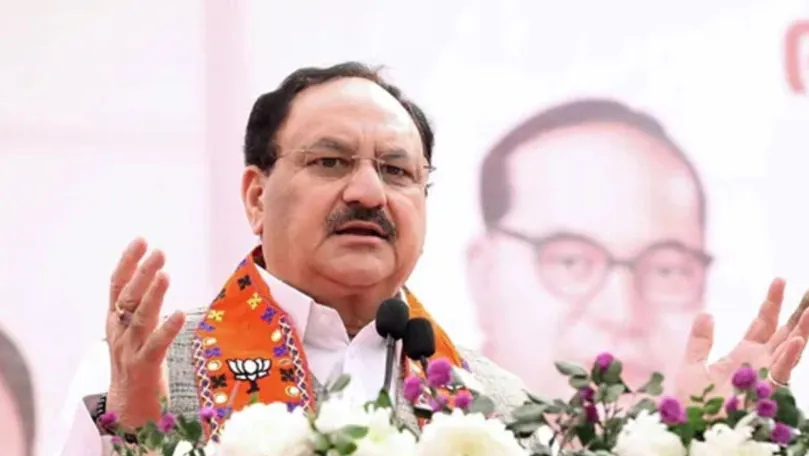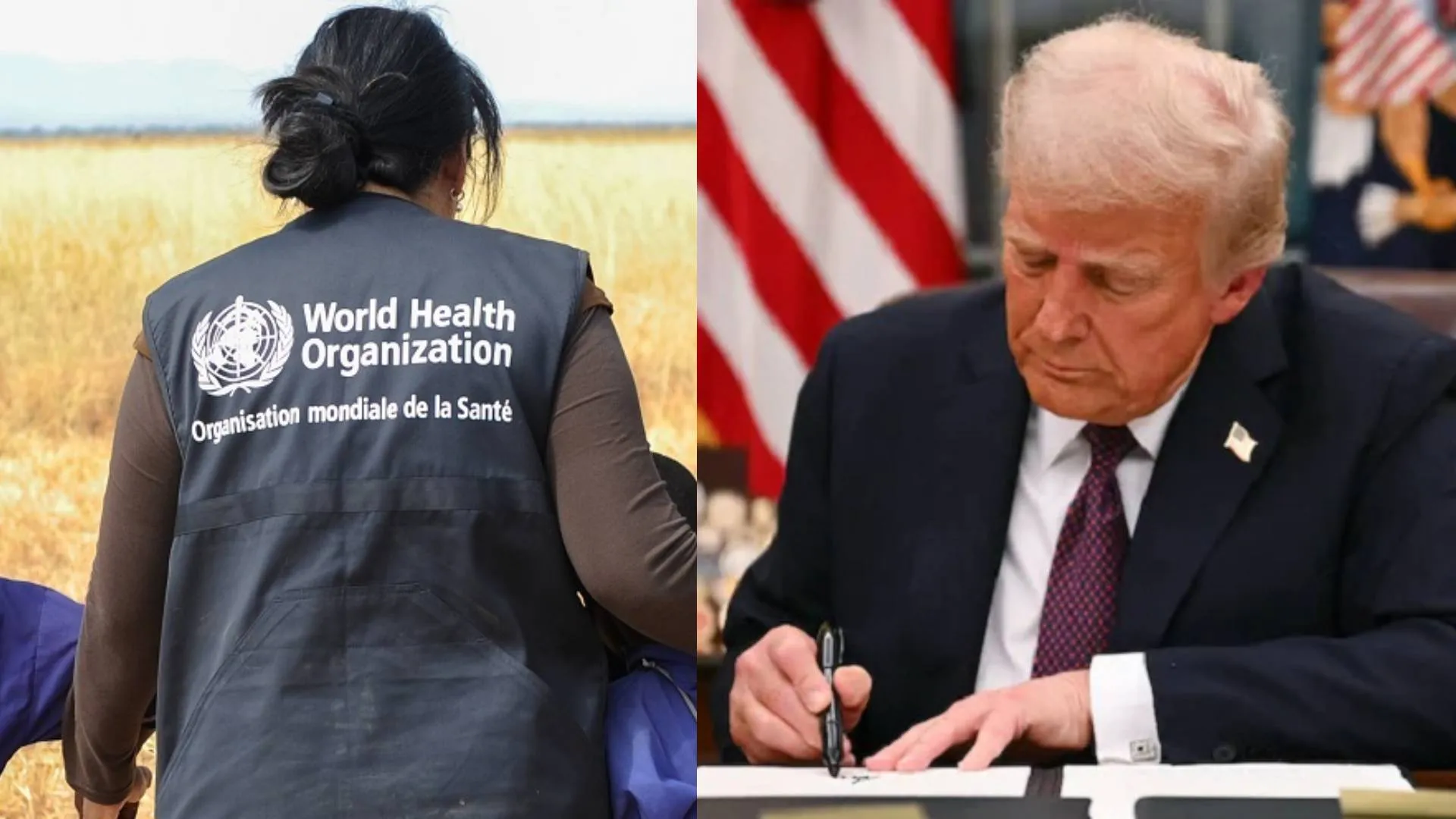On 8th September, 2022 at 4.30 pm GMT, Queen Elizabeth II, the longest reigning British monarch, passed away peacefully at Balmoral Castle, her royal estate in Aberdeenshire, nestled deep in the heart of the Scottish Highlands, at the age of 96. Significantly, Britons all across the world had celebrated her Platinum Jubilee which began on 6th February, 2022 and ended on 5th June,2022 to mark 70 glorious years of her “televised” coronation and stellar service to Britain. Our Prime Minister Narendra Modi condoled her death in two separate tweets reading, “Her Majesty Queen Elizabeth II will be remembered as a stalwart of our times. She provided inspiring leadership to her nation and people. She personified dignity and decency in public life. Pained by her demise. My thoughts are with her family and people of UK in this sad hour.’ and ‘I had memorable meetings with Her Majesty Queen Elizabeth II during my UK visits in 2015 and 2018. I will never forget her warmth and kindness. During one of the meetings she showed me the handkerchief Mahatma Gandhi gifted her on her wedding. I will always cherish that gesture.’ at 11.13 pm IST and 11.14 pm IST respectively. The handkerchief that Modi referred to in a moment of helpless nostalgia was a crocheted, cotton lace created from double yarn spun by Mahatma Gandhi and knitted by a Punjabi girl, which was sent by Gandhi as a wedding gift to the Queen in November, 1947 through the safe hands of Lord Louis Francis Albert Victor Nicholas Mountbatten, the then Indian Governor General of India, after he eulogised Gandhi, ‘If a cloth could be made from yarn you have spun, that would be like receiving the Crown Jewels.’ The Queen visited India several times. She first visited India in January,1961 and met with several heads of state and toured the country’s most-loved historical sites, including the Taj Mahal about which our great Noble laureate national poet Rabindranath Tagore aptly observed, ‘The Taj Mahal rises above the banks of the river like a solitary tear suspended on the cheek of time.’ She also attended the grand Republic Day celebrations in New Delhi on 26th January, 1961. At a civic reception in honour of the Queen on 28th January,1961, at the historic Ramlila Maidan, where a magnificent temple-like pavilion was specially built for the Queen, Prime Minister Nehru welcomed her in his own characteristic manner, ‘It is good to honour friends and honoured guests but in our mind there is ever that old quest which continues. We always think of the steps which we have to take in order to reach the end of that quest. You are welcome here in this city of Delhi, which has been a city of kings and emperors but which today is the capital of the Republic of India, and I think no king or emperor could give you the welcome which the republican citizens of Delhi have given you.’
She visited India again in 1983 and 1997, when India marked the 50th year of its Independence from British rule. Although the Queen scrupulously refrained from making any comments on the Jallianwala Bagh massacre during her state visits to India in 1961 and 1983, she eventually broke her silence on the incident at a state banquet in Delhi on 13th October, 1997:
‘It is no secret that there have been some difficult episodes in our past – Jallianwala Bagh, which I shall visit tomorrow, is a distressing example. But history cannot be rewritten, however much we might sometimes wish otherwise. It has its moments of sadness, as well as gladness. We must learn from the sadness and build on the gladness.’
On 14th October, 1997, the Queen visited Jallianwala Bagh at Amritsar and bowing her head in a rare gesture of remembrance paid her respects to the Indian martyrs with a 30‑second moment of hushed silence. During the visit, she wore a dress of pink apricot or saffron colour, which was of religious significance to the Sikhs. She also removed her shoes while visiting the monument and laid a wreath at the monument. Here was a Queen…when comes such another?
Turning the pages of history back to the year 1497, the Portuguese King Manuel I commissioned the legendary explorer and navigator Vasco da Gama to lead a voyage to India to discover a viable maritime route from Western Europe to the East. On 8th July,1497, da Gama sailed from Lisbon aboard his flagship São Gabriel leading an armada of four ships. On 20th May,1498, da Gama landed in Kappadu near Calicut (now Kozhikode) in the pepper rich Indian State of Kerala after having spent more than two years away from home, including 300 gruelling days at sea, and travelling an awesome distance of over 24,000 miles by sea. Da Gama’s maiden voyage to India was a pioneering milestone in world history as it marked the genesis of global imperialism and triggered a considerable spurt in European voyages to India. The British adventurer John Mildenhall of the Elizabethan era was the first Englishman who arrived in India in 1599 by the arduous overland route. That very year, he met the titanic Moghul Emperor Akbar the Great, with a self assumption of ambassadorial dignity. On 31st December, 1600, Queen Elizabeth I granted a Royal Charter to the Company named ‘The Governor and Company of Merchants of London Trading in the East Indies’, commonly known as “The East India Company”, the right to carry on trade with all countries of the East. Initially, the Company confined its activities to the lucrative spice trade with Java, Sumatra and the Moluccas. By 1608, it had opened a factory in Indonesia and a docking facility near Surat in the Indian State of Gujarat. The resounding victory of the Company over the Portuguese at the fierce naval battle that took place on 29th and 30th November,1612 off the coast of Swally, a village near Surat, gave the Company the raison de’etre to seek a firm foothold in India. It made an impassioned plea to the Moghul Emperor Nur-ud-Din Muhammad Salim, known by his imperial name Jahangir, meaning ‘conqueror of the world’, for exclusive rights to build factories in Surat and other areas. On 24th August, 1608, Captain William Hawkins, a representative of the Company, landed at Surat aboard the Company’s first trading ship ‘Hector’ and thereafter proceeded to the Court of Jahangir in Agra (which he reached on 16th April,1609) with a letter from King James I seeking permission for English merchants to transact business in India. Hawkins carried ‘toyes’ for the Emperor and wore a ‘violet and scarlet outfit with a taffeta-lined and silver lace-trimmed cloak’ keeping in mind the glitz and glamour of the Moghul Court. He was warmly received by Jahangir, who was irresistibly impressed by Hawkins’ remarkable command of Persian and Turkish, his insatiable appetite for women and his enormous capacity to gulp down copious quantities of wine. Jahangir gifted him an extremely beautiful Christian Armenian maiden named Mariam (whom he subsequently married!) from his well stocked harem of over 5,000 women. He also granted Hawkins access to the royal table where, as the Emperor’s favourite drinking companion, Hawkins narrated wild and wicked tales that invariably made Jahangir explode with peals of laughter. Jahangir affectionately conferred upon Hawkins the epithet of ‘Inglis Khan’! But due to the vehement opposition of the Portuguese, who even went to the extent of telling Moghul officials that King James was a ‘King of Fishermen and of an Island of no importance’, and the Surat merchants, Jahangir made a volte-face to the serious detriment of the Company and Hawkins’ mission proved to be utterly abortive. Next year, Jahangir issued a ‘farman’ or ‘royal edict’ permitting the English to establish a permanent factory at Surat. In 1615, a British mission under the renowned parliamentarian and diplomat Sir Thomas Roe, who was the first English ambassador to India, succeeded in obtaining ‘farmans’ from the Moghul Court granting the British the unique privilege of free trade sans the liability to pay inland tolls. Roe’s visit to Jahangir’s court in 1615 was a watershed moment in the history of Indo-British relations. His visit opened the doors of British colonial presence in India, which eventually became the jewel in the crown of the mighty British Empire. The rest is history and need not be repeated here for the sake of brevity!
Time inevitably marches on and exactly 400 years after Roe’s landing in India, the charismatic and vibrant Indian Prime Minister Narendra Modi arrived in London on 12th November, 2015 on a three-day historic visit to the UK. Shortly after landing, Modi headed straight for 10, Downing Street, to meet the then Conservative Prime Minister David William Donald Cameron. The two leaders engaged in fruitful discussions that culminated in £9bn worth of commercial deals between the two countries in the retail, logistics, energy, finance, IT, education and health sectors. At the joint press conference later in the afternoon, Cameron said, “I believe we are already natural partners, as the world’s oldest democracy and the world’s largest democracy, we share so many of the same values. And the ties between our people bind us together, with 1.5 million people of Indian origin living here in the UK, the second largest Indian diaspora anywhere in the world…We want to forge a more ambitious, modern partnership, harnessing our strengths and working together for the long term to help shape our fortunes at home and abroad in the 21st century. As leaders, we share similar priorities to create jobs and opportunities for all, to protect our people from terrorism, and to tackle global challenges like climate change…We want a modern, essential partnership founded on old ties, but defined and fuelled by the modern, diverse, dynamic countries that we are both today.”
In the first speech by a serving Indian PM to the British Parliament, which received a thunderous standing ovation, Modi said in ringing tones in his carefully cultivated English, ‘On the way to this event, Prime Minister Cameron and I paid homage to Mahatma Gandhi outside the Parliament. I was reminded of a question I was asked on a tour abroad. How is it that the statue of Gandhi stands outside the British Parliament? To that question, my answer is: The British are wise enough to recognise his greatness; Indians are generous enough to share him; we are both fortunate enough to have been touched by his life and mission; and, we are both smart enough to use the strengths of our connected histories to power the future of our relationship…Strong as our partnership is, for a relationship such as ours, we must set higher ambitions. We are two democracies; two strong economies; and, two innovative societies. We have the comfort of familiarity and the experience of a long partnership… It is also natural and inevitable that our economic relations will grow by leaps and bounds. We will form unbeatable partnerships, if we combine our unique strengths and the size and scale of opportunities in India…But, a relationship as rich as this, with so much promise as ours, cannot be measured only in terms of our mutual prosperity…And, terrorism and extremism are a global force that are larger than their changing names, groups, territories and targets. The world must speak in one voice and act in unison to combat this challenge of our times. We must adopt a Comprehensive Convention on International Terrorism in the UN without delay.
There should be no distinction between terrorist groups or discrimination between nations. There should be a resolve to isolate those who harbour terrorists and willingness to stand with nations that will fight them honestly. And, we need a social movement against extremism in countries where it is most prevalent and, every effort to delink religion and terrorism….This is a huge moment for our two great nations.
The author is an internationally reputed senior lawyer practising in the Supreme Court of India and various High Courts and Tribunals in India
Please read the conclusion on link4din.com/guardians-numeric-wisdom

















